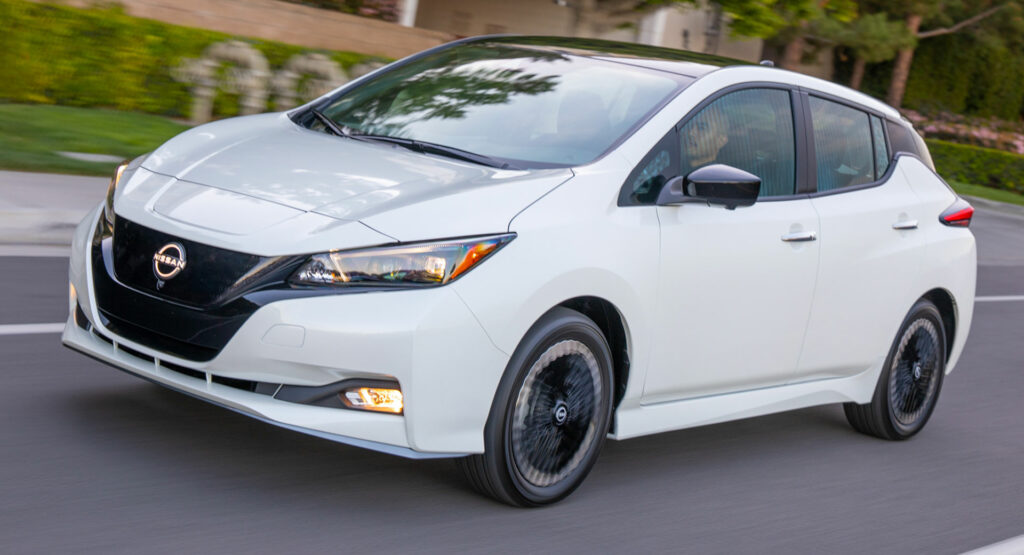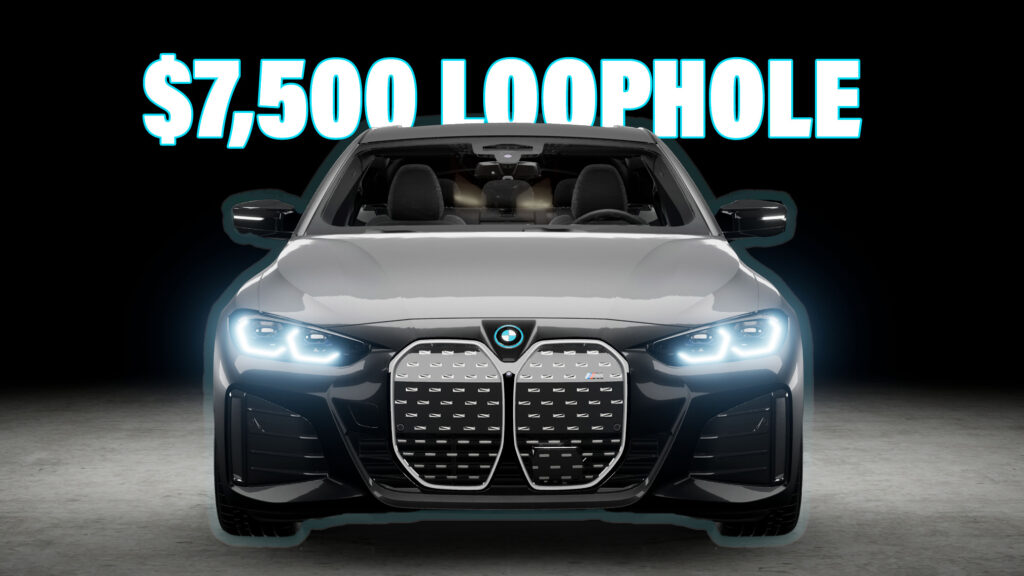The Inflation Reduction Act (IRA) has many goals but one is to reduce the amount of reliance that America had on electric vehicle components built overseas. What qualifies for a full EV tax credit has changed and changed and changed again. As of today, only about a dozen cars qualify but one loophole opens up eligibility to almost all electric vehicles.
To qualify for a full tax credit of $7,500 consumers have to buy an EV that follows the strict sourcing rules for components set forth in the IRA. Currently, the list includes just 10 cars, three of which aren’t even out just yet. However, under a loophole in the law, most every EV get the full amount so long as it’s leased.
According to the IRA, leased vehicles are viewed as commercial vehicles and as a result, they get the full tax credit. That loophole is one that international automakers lobbied for hard, says Bloomberg. It gives them one way to continue enticing customers even if they have to shift the focus from purchasing to leasing.
More: Quart Of Milk Too Expensive? Blame Greedy Car Dealers And Their Markups

At the same time, a lease can be attractive all on its own for new or somewhat unfamiliar EV customers. Automakers can apply the tax credit immediately to the monthly payment for the car in question making an EV all the more affordable for the customer. For some, the loophole is a major problem rather than a solution.
Senator Joe Manchin said that it “bends to the desires of the companies looking for loopholes and clearly is inconsistent with the intent of the law.” Whether or not lawmakers in the USA close the loophole is yet to be seen.
Regardless of whether or not a tax credit is involved, a lease inherently reduces some of the fears that EV buyers might have. No longer will they need to worry about costly EV component replacement down the line. They also get the benefit of upgrading more easily should they want to in the future. Leaning into leases could see the adoption of EVs grow even further and faster than estimates already predict.





